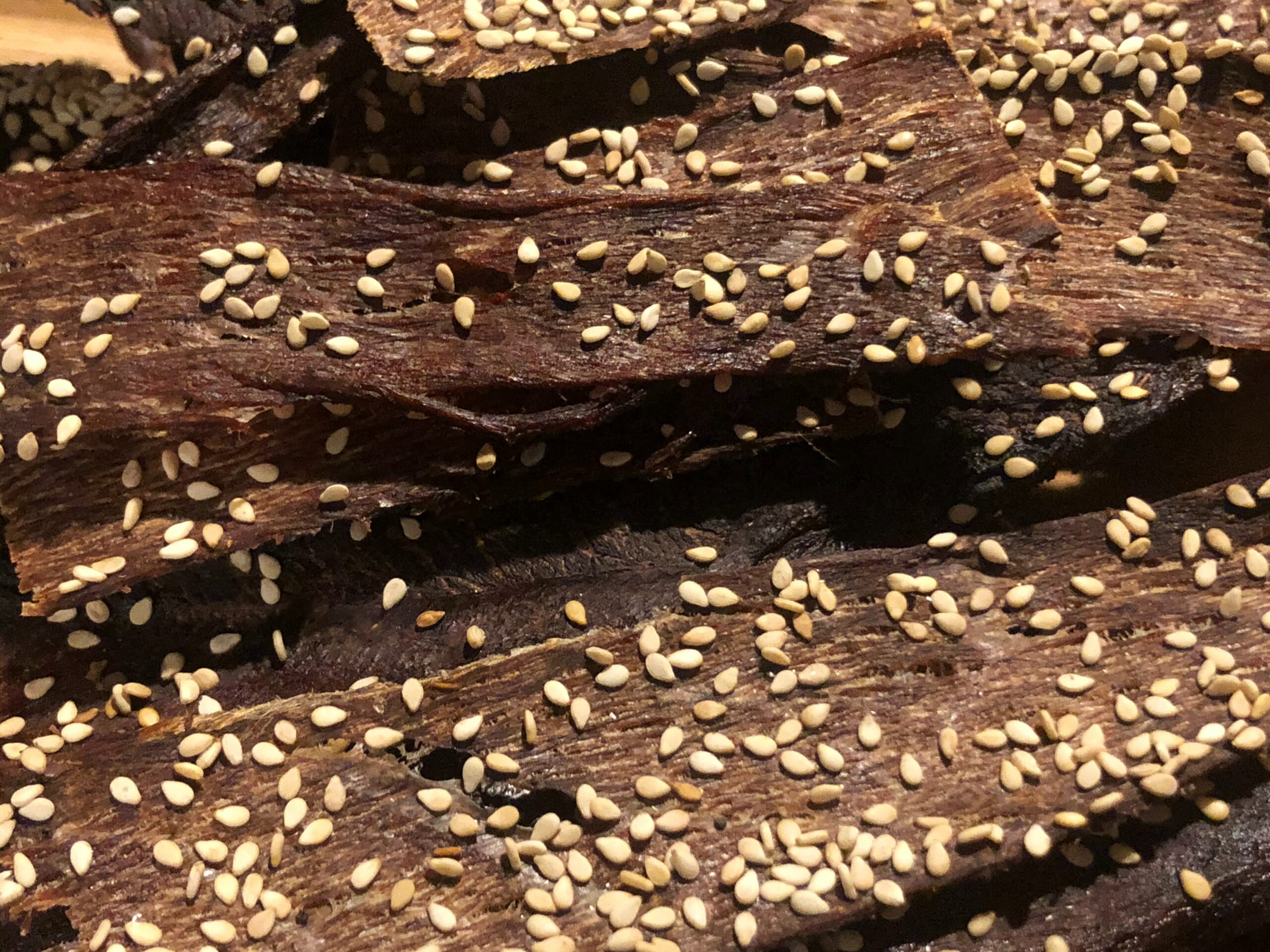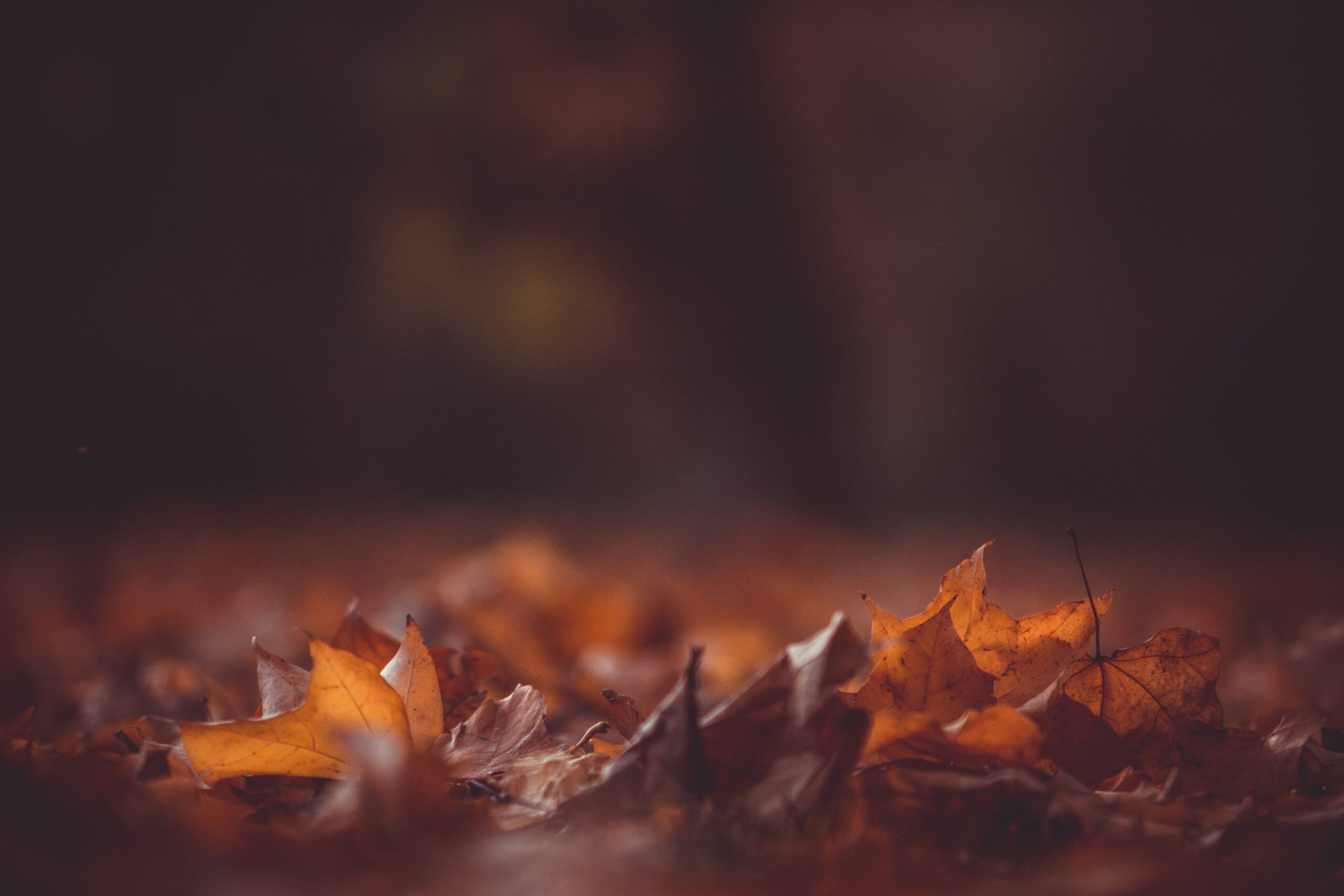
- 29 Jan 2021
- Leroy Silva
- Blog
- Comments: 0
It is common for Dry wood Termites to feed on, nest, and live in wood with low moisture content. These are unlike subterranean termites, and do not need any soil to thrive. Moving wooden things, such as furniture, can be severely damaged by these pests. In the chosen piece of wood, a male and female couple make their way in. A dark cement-like compound plugs the hole via which they enter the wood.
The queen deposits her first eggs in a chamber that has been excavated behind this stopper, and here is the eggs hatch. The nymphs that emerge from these eggs are responsible for the colony’s daily activities. These give rise to the soldiers and reproductives that populate the rest of the species.
In contrast to subterranean termites, there is no discrete caste of workers in this species. Reproductive forms exit the wood through circular holes made by male and female nymphs during the swarming season. Precisely like the entrance holes, these are sealed shut once the swarming process is complete.

The damage caused by Dry wood Termites is distinct from that caused by subterranean termites. The will is connected by tiny tunnels by cutting across the grain of the wood. The colony’s rooms and tunnels are maintained clean. Small holes in the wood allow waste and other rubbish to be thrown out of the structure.
Swarming of Dry wood Termites:
Small swarming flights often occur following rains between April and July. They are dark brown and roughly the length of a pencil. It is impossible to see the nymphs and white workers with soft bodies unless the wood is fractured, so they are hidden in the galleries. The southern termite is another name for it. Similar to the western Dry wood Termites in behavior, this termite prefers drier environments and hotter temperatures.

Fleas and dry wood termites:
This can use the excretal pellets of non-subterranean termites to distinguish them. There are six concave surfaces on each side of these pellets, and the ends are rounded to provide a smooth finish. In addition, some anomiid beetles that feed on wood, according to studies undertaken by the University of Minnesota, produce pellets.
These pellets set them apart from dry-wood termite pellets. It commonly gets access to wood through a crack or gap before burrowing it down into the material. In the wood itself, the joint between two pieces of wood or the gap beneath roofing or sheathing paper may be to blame for this problem.
In part as a result of their capacity to survive in wood and avoid coming into contact with dirt. Infested furniture often contains other wooden objects into regions where they aren’t typically present. Therefore, you should become familiar with their behaviors so that you can recognize them as soon as they appear. Dry wood Termites are capable of destroying a wide range of wood goods.
It has the potential to damage the structural woodwork and furniture of buildings and other wooden goods. It is the most destructive Dry wood Termite in this country, Incisitermes minor. Structures, wooden derricks, piled timber, furniture, and telephone poles are all severely damaged in this area. From the foundation to the roof, it can infect any dry wooden part of a building.
Finally, 2022 is here. Be safe where ever you are. For all your pest control nuisances we are here to help. Contact us at Pest Control services, Maryland at (301) 756-1185. Please use our free estimate and quote forms on the front and other pages as well.
